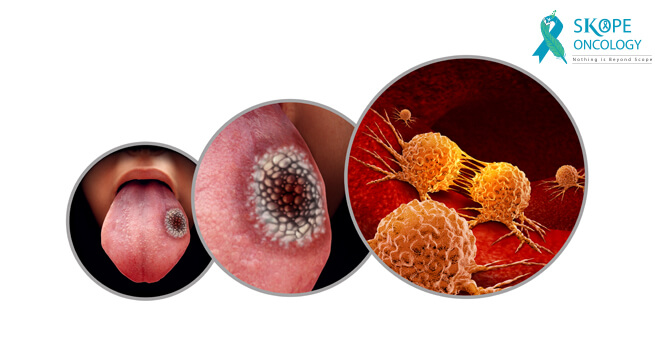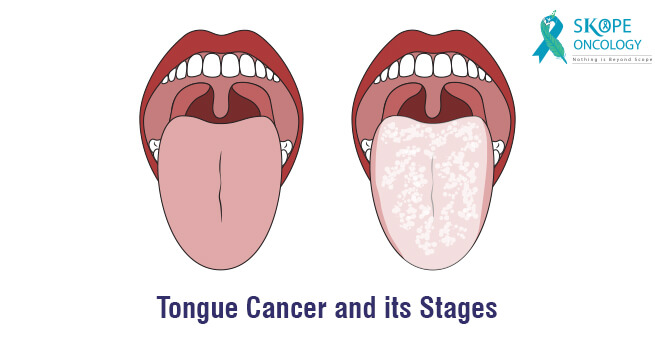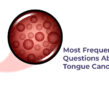Tongue cancer is the most common type of oral cancer worldwide, and it is still a serious health problem in many countries, with a high morbidity and mortality rate. Men are more likely to develop tongue cancer than women.
Tongue cancer usually develops in the squamous cells on the surface of the tongue. Cancer can occur in two different areas of the tongue, such as the front of the tongue, as in tongue cancer, and the back of the tongue, as in oropharyngeal cancer.
The prominent signs of tongue cancer are the presence of a sore on the tongue (that does not heal) and a painful tongue. Other symptoms include a hoarse voice, difficulty moving the jaw or tongue, neck or ear pain, a lump in the mouth, and thickening of the lining of the mouth.
Tongue cancer symptoms are often similar to those of other oral cancers, and they may not be noticeable in the early stages. However, some of these symptoms can occur in people who do not have tongue cancer or another type of oral cancer.
As a result, preliminary tests such as blood tests and biopsies to confirm the tumour’s malignancy and subsequent tumour staging are critical for accurate diagnosis and therapy.
Stages of Tongue Cancer
Treatment for tongue cancer begins with evaluating the stage of the tumour. The stage of tongue cancer is determined by the size of the tumour, the number of lymph nodes involved, and if the disease has metastasized.

The TNM System:
The TNM System is a standard method for describing the progression of cancer. The letters of the TNM System stand for the following:
T: To determine the size of the tumor.
N: To assess whether the lymph nodes in the neck have become malignant or not.
M: To indicate whether the malignancy has progressed to other parts of the body, such as the lungs, bones, or liver.
Your oncologist will assign an X to your T, N, or M stages, which are numerical numbers ranging from 0 to 4. Stage groupings are these letter and number combinations and are used to determine the stage of your cancer.
Each TNM category, with its assigned value, falls into one of these stages.
- Stage 0 Oral cancer
- Stage 1 Oral cancer
- Stage 2 Oral cancer
- Stage 3 Oral cancer
- Stage 4 Oral cancer
- Recurrent Oral Cancer
Tongue cancer can also be graded as low, moderate, or high grade to indicate how quickly the cancer is progressing and how likely it is to spread to other parts of the body.





